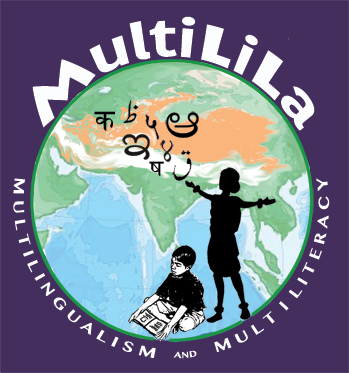To gain an authentic understanding of our primary question, "Why do some children in India not benefit from being multilingual or bilingual to the same degree as children in other ESL/EFL contexts?”, this project also addresses the following research questions:
- Is there a relationship between basic literacy and numeracy levels and school drop-out rates on the one hand, and language of instruction and support for MT education provision on the other?
- What is the cognitive profile of Indian children educated in challenging contexts? Are memory and attention skills, which are fundamental in learning processes, affected by the dynamics of the interaction between education elements and the contexts in which they are found? How do these interact with demographic information (parental literacy and educational levels, home resources)?
- Are numeracy skills, mathematical ability and maths anxiety related? Is maths anxiety and test anxiety aggravated in educational contexts where geographic or socioeconomic factors are adverse? Is the link between maths anxiety and the development of numeracy skills more evident in girls than boys (thus leading to higher drop-out rates for girls)?
- Is multiliteracy associated with better skills in critical thinking and problem solving when MT literacy is available?
- Are critical thinking and problem solving skills in the medium of instruction transferred in the child’s use of English for similar tasks?
- What is the relative contribution of lack of MT education to low education levels in comparison with socioeconomic and geographical factors affecting educational outcomes for school children in urban slums and rural areas?
- To what extent do factors related to teaching methods and teacher training affect learning outcomes in literacy and numeracy?
- Do multilingual children show comparable developmental knowledge of semantic fluency, syntactic knowledge, reading and retelling skills across MT and English?
Expected Outcomes
Our findings in relation to each the objectives will allow us to weigh the contribution of each variable (mother-tongue education, cognitive skills, contextual challenges including socioeconomic and geographic factors, gender, teacher practices and teaching methods) to low learning outcomes in basic literacy and numeracy skills and higher order critical thinking and problem solving abilities.
An understanding of these relationships will be related to its impact-related objective that has to do with informing policy makers, practitioners and teacher trainers about the outcomes of the project and make recommendations for implementing changes to multilingual education (MLE) in India. At the same time, achieving this objective would allow us to inform UK stakeholders about educating children with English as an additional language (EAL) in mainstream schools.

